My first Monarch chrysalis emerging soon!
dirtygardener73
8 years ago
last modified: 8 years ago
Featured Answer
Sort by:Oldest
Comments (16)
sultry_jasmine_nights (Florida-9a-ish)
8 years agoMichael AKA Leekle2ManE
8 years agoRelated Discussions
My first Chrysalis!
Comments (2)I planted some annual asclepias last year, and they re-seeded like mad this spring...I kept a few, and voila, here's my monarch friend. I also planted 2 perennial Asclepia tuberosa 'Gay Buttlerflies' just a week ago....See MoreWhat kind of butterfly will emerge from this chrysalis?
Comments (9)Minrose, thanks for posting! I was wondering what it could be???? I am just now seeing more PLs in my gardens since this spring but have never raised any either! I had a lot of AL cats on a couple of native weeds that grew in my BF garden that had volunteered & then when they had eaten all of the "weeds", they moved to a small Silver Brocade artemesia I had but I think it is gone now...it didn't like our Texas summer heat! I didn't bring the AL cats in because I didn't have any more food for them! I would love to raise PLs but I haven't found a good host plant so far! I currently have a nice cardoon growing but so far it has been ignored. What host plants are in your area??? Again, glad it eclosed for you! Take care, Lila...See MoreMy final two Monarchs emerged and are off.
Comments (8)Ruth, I don't know for sure whether these Monarchs could lay eggs yet this season or not. I do know that I've raised Monarchs that didn't eclose until late September or even early October. Who knows whether those had time to make it all the way to Mexico? Nature often seems wasteful, but I think almost all creatures try to stretch the ends of each season in order to take advantage of the variability that occurs from year to year. Just as the first Robin arrives when the ground is still frozen, the last Monarch leaves for Mexico far later than seems safe. But, they may have gotten an entire extra generation in? Who knows? Martha...See MoreTagged my first Monarch (Pic)
Comments (10)To anyone on the fence about tagging, I would encourage you to JUST DO IT! I mean outside of the fact that it is just so cool, I feel like a biologist! I found out the money you pay for the tags goes to help local villagers so they will not cut down the trees from the oyamel rainforest. There are biologist permanently in Mexico studying the Monarch and if local villagers find a tagged butterfly, they are paid $5 or 5 pesos (can't remember now). They hope this source of income will keep them from chopping down the trees to sell for firewood. Idealistic yes, but any little bit helps. It all feels so scientific too. I have to fill out a form for every butterfly tagged with all the information about sex, wild or reared, location, date released etc. I can't say it enough, it's just so COOL! Can you tell I'm excited about it? lol As for the necklaces, it's pretty simple but a steady hand does help. I take a piece of string or cord, put a dot of hot glue on the cord and then attach the chrysalis. I lift the string up slightly from the table and then just gently slide the chrysalis over to "meet" the bead of glue so I'm not constantly holding the chrysalis. It's time consuming and nerve-wracking but it keeps them safe. I never carry a cat or chrysalis in my hand, I always put them in a container so no accidents happen, which inevitably do. This year I tossed old milkweed in the compost after checking for any cats but missed one. Thankfully, he found his way to the milkweed garden and I found him and kept him safe. Opps! For those of you further south than me, it's still not too late to order your tags. Where I am the Monarchs will all be gone in a couple of weeks, but your season is longer. Have fun! P.S. I tagged two more today!...See Moredirtygardener73
8 years agodirtygardener73
8 years agomarcia_m
8 years agodirtygardener73
8 years agolast modified: 8 years agoirma_stpete_10a
8 years agolast modified: 8 years agoMichael AKA Leekle2ManE
8 years agodirtygardener73
8 years agoMichael AKA Leekle2ManE
8 years agolast modified: 8 years agodirtygardener73
8 years agodirtygardener73
8 years agodirtygardener73
8 years agodirtygardener73
8 years ago
Related Stories
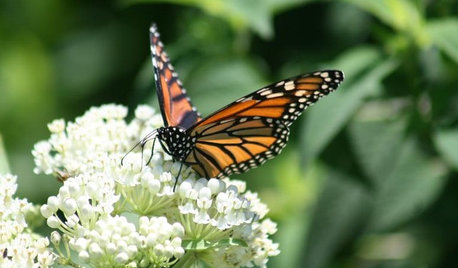
GARDENING FOR BUTTERFLIESBe a Butterfly Savior — Garden for the Monarchs
Keep hope, beauty and kindness alive in the landscape by providing a refuge for these threatened enchanters
Full Story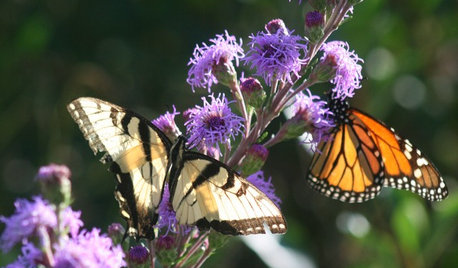
FALL GARDENINGWhat Monarch Butterflies Taught Me About Garden Design
Thinking like a butterfly leads to fresh perspectives in the garden and in life
Full Story
GARDENING GUIDESHelp Fuel the Monarch Migration With These 6 Prairie Plants
Try these nectar-rich beauties and help autumn monarchs
Full Story
GARDENING GUIDESGreat Design Plant: Milkweed
Quit cringing. This not-weed plant is a sight to behold in the garden, has a delicious vanilla scent and is a magnet for butterflies
Full Story
FALL GARDENING7 Reasons Not to Clean Up Your Fall Garden
Before you pluck and rake, consider wildlife, the health of your plants and your own right to relax
Full Story
INSPIRING GARDENSWhat We Can Learn From Longwood Gardens’ New Meadow
Sustainability, ecology, native plant communities ... this public garden is brimming with lessons on horticulture for home gardeners
Full Story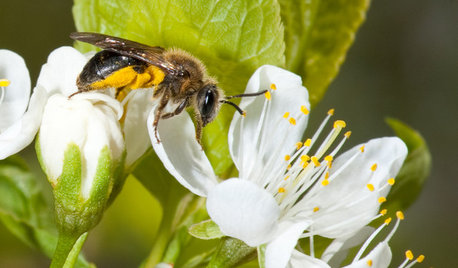
GARDENING GUIDESInvite Mining Bees to Your Garden by Planting Their Favorite Plants
Look for mining bees (Andrena) pollinating woodland wildflowers in U.S. gardens this spring
Full Story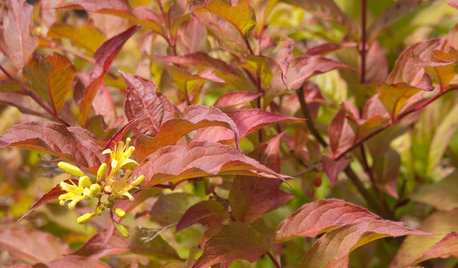
GARDENING GUIDESGreat Design Plant: Northern Bush Honeysuckle, a Bronze Beauty
It helps control erosion and takes sun or shade. The butterflies love it. But the best part of this shrub may be the vivid foliage
Full Story
GARDENING FOR BUTTERFLIESButterfly Gardening: Delight the Eyes With Living Sculptures
Surprise and thrill with a garden that attracts magical winged creatures, bringing color, movement and life
Full Story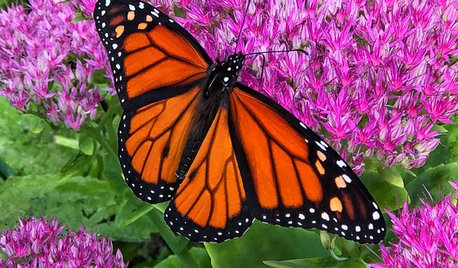
GARDENING GUIDES6 Steps to Creating Your Butterfly Garden
Encourage these fanciful winged beauties to visit your garden while helping restore their fragmented habitat
Full StorySponsored
Your Custom Bath Designers & Remodelers in Columbus I 10X Best Houzz







whgille